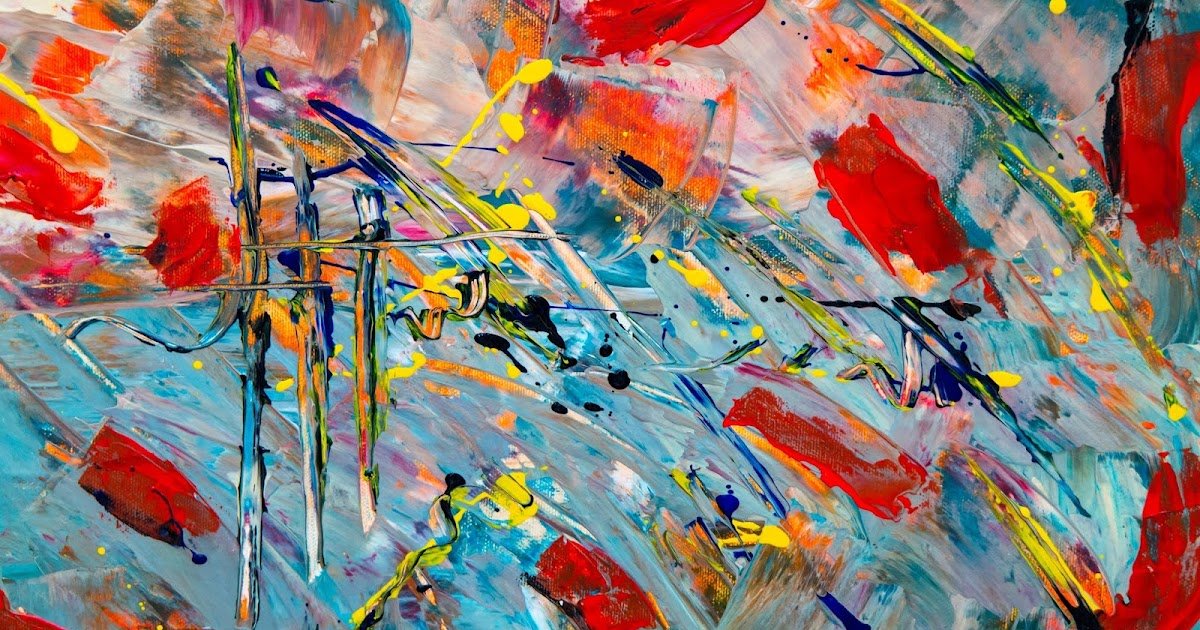Abstract art, with its enigmatic forms and vibrant expressions, has long captivated audiences and challenged traditional notions of beauty and representation. Unlike representational art, which seeks to depict the physical world, abstract art delves into the realm of emotion, thought, and the subconscious. At the heart of this artistic movement lies the concept of aesthetics—the principles that govern beauty, harmony, and visual appeal. But how exactly do aesthetics influence abstract art pieces? Let’s explore the intricate relationship between aesthetics and abstraction, and how they come together to create compelling works of art.
The Role of Aesthetics in Abstract Art
Aesthetics, often described as the philosophy of beauty, plays a pivotal role in shaping abstract art. While abstract art may not always aim to represent reality, it is deeply concerned with the arrangement of elements such as color, form, line, and texture to evoke an emotional or intellectual response. These elements are the building blocks of aesthetic principles, and their careful manipulation allows artists to communicate complex ideas without relying on literal imagery.
For instance, the use of bold, contrasting colors in Wassily Kandinsky’s works creates a sense of dynamism and energy, while the soft, flowing lines in Joan Miró’s paintings evoke a dreamlike quality. In both cases, the artists rely on aesthetic principles to guide the viewer’s experience, even though the subject matter may not be immediately recognizable.
Balance and Harmony in Abstraction
One of the key aesthetic principles that influence abstract art is balance. Whether symmetrical or asymmetrical, balance ensures that the composition feels cohesive and visually satisfying. In abstract art, balance is often achieved through the careful distribution of shapes, colors, and textures. For example, Mark Rothko’s color field paintings rely on large, evenly distributed blocks of color to create a sense of equilibrium and depth, drawing the viewer into a meditative state.
Harmony, another aesthetic principle, is equally important in abstract art. Harmony refers to the pleasing arrangement of elements that work together to create a unified whole. Artists like Piet Mondrian used geometric shapes and a limited color palette to achieve harmony in their works, resulting in pieces that feel both structured and serene.
Emotion and Aesthetic Experience
Abstract art is uniquely positioned to evoke emotions through its aesthetic qualities. Because it does not rely on recognizable imagery, abstract art allows viewers to project their own feelings and interpretations onto the work. The aesthetic choices made by the artist—such as the use of warm or cool colors, jagged or smooth lines, and dense or sparse compositions—play a crucial role in shaping these emotional responses.
For example, the chaotic, frenetic brushstrokes in Jackson Pollock’s drip paintings convey a sense of urgency and intensity, while the calm, minimalist compositions of Agnes Martin evoke tranquility and introspection. In both cases, the aesthetics of the artwork are instrumental in creating an emotional connection with the viewer.
The Subjective Nature of Aesthetics in Abstract Art
One of the most fascinating aspects of abstract art is its subjectivity. What one person finds beautiful or harmonious, another may find unsettling or discordant. This subjectivity is a direct result of the aesthetic choices made by the artist and the individual experiences of the viewer. Abstract art challenges us to move beyond traditional notions of beauty and consider alternative forms of aesthetic appreciation.
For instance, the raw, textured surfaces of Anselm Kiefer’s works may not conform to conventional ideas of beauty, but they possess a powerful aesthetic that speaks to themes of history, memory, and trauma. Similarly, the seemingly random splatters of paint in a Cy Twombly piece may appear chaotic at first glance, but upon closer inspection, they reveal a delicate balance and rhythm that captivate the viewer.
Conclusion
Aesthetics and abstract art are deeply intertwined, with the former providing the framework through which the latter communicates and resonates. By leveraging principles such as balance, harmony, and emotional expression, abstract artists create works that transcend the literal and invite viewers to engage with their own perceptions and emotions. In doing so, abstract art not only challenges our understanding of beauty but also expands the possibilities of artistic expression. Whether through bold colors, dynamic shapes, or subtle textures, the aesthetics of abstract art continue to inspire, provoke, and move us in profound ways.
In the end, the influence of aesthetics on abstract art reminds us that beauty is not confined to the tangible world—it can also be found in the intangible, the abstract, and the infinite.
